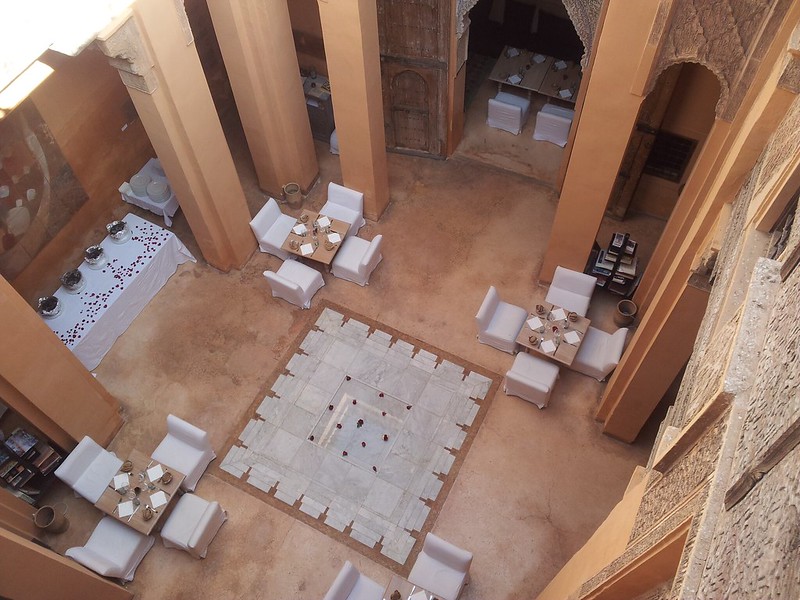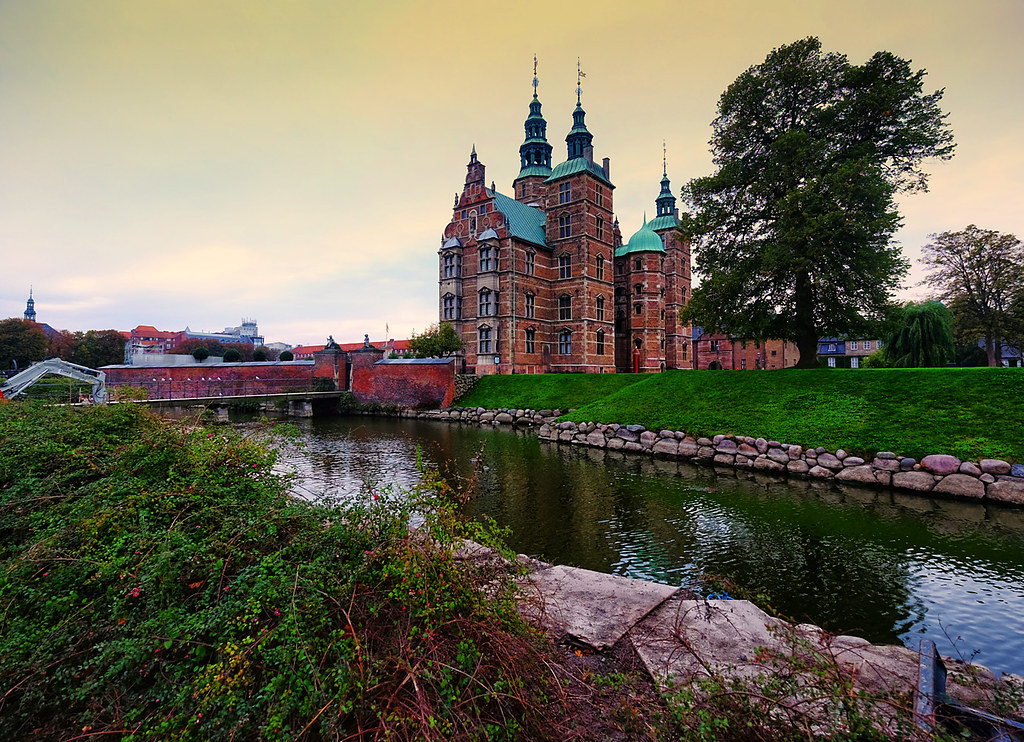The collective imagination provides that we can place any kind of circumstance and fantasy within well-delimited boundaries.
Even if science and its prerogatives lose effectiveness as one enters the unexplored territories of tradition, the need to trace clear contours even where the images are blurred and leave room for more than subjective interpretations, it is still urgent.

That’s why when the Slovenes, and above all its highly efficient tourist office, sell theirs as the land of dragons, the reaction is not a shrug of the shoulders and away, but on the contrary an interest that often translates into the organization of a journey from those parts to verify the reasons why you can make such a statement without fear of being buried by big laughs.
And yet: yet, if Slovenia has been renamed “the land of dragons” and if in the town of Črnomelj every year a festival dedicated to folklore is held almost exclusively focused on the legends related to those fantastic creatures, there will be a reason.

Difficult to provoke this short circuit between rationality and fantasy was the proteus, the small amphibian that inhabits the thousands and thousands of underground cavities of which the karstic earth is made in those parts and which the peasants once considered dragon pups, perhaps for their appearance, perhaps due to their stunning peculiarities considered magical, how to survive over a century, resist without eating even for a decade and roam the caves while being completely blind.
But in the end, the proteus ended up even on the back of the thaler, the coin that circulated in the country before joining the euro, and a dragon became the symbol of the capital, Ljubljana: legend has it that the mythical Greek hero Jason, during the vicissitudes experienced to capture the golden fleece that would have solved a lot of problems, he came across those parts in a ferocious dragon and managed to kill him, freeing the city of Emona, which would later become Ljubljana, from his cumbersome presence.

To celebrate that episode and give life to the legends built successively on the predilection that those legendary creatures would have had for Slovenia, it was well thought to give substance to the fantasies: and so the Zmajski most, an important city bridge, was decorated by beginning at the end with large statues of dragons, particularly appreciated by younger visitors.
And dragons can also be found in the surrounding area, for example near Mount Konjiška Gora, in the eastern part of the country: inside it is said that one of these monsters was hidden, so as not to rage on the surrounding villages, it would have demanded the annual sacrifice of a beautiful unmarried girl.
When came the turn of the countess Marjetica, the knight Jurji, in love with her, opposed and killed the bloody beast, with the inevitable happy ending.
The fact that Saint George, the quintessential dragon hunter, is the patron saint of many cities in the country further certifies this characteristic.
Sometimes the power of fantasy succeeds in breaking through the wall of reason, even if sometimes it is nice to abandon oneself to the suggestions of irrationality.





















